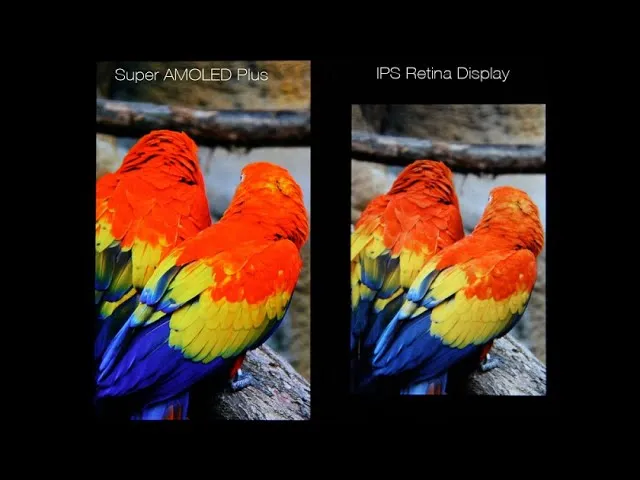Email format error
Email cannot be empty
Email already exists
6-20 characters(letters plus numbers only)
The password is inconsistent
Email format error
Email cannot be empty
Email does not exist
6-20 characters(letters plus numbers only)
The password is inconsistent


LCD vs. AMOLED: Comparing Two Popular Mobile Phone Screen Display Technologies
When it comes to choosing a new mobile phone, one of the key factors to consider is the type of screen display technology it uses. LCD (Liquid Crystal Display) and AMOLED (Active Matrix Organic Light Emitting Diode) are two of the most popular display technologies in the market today. Each has its own set of advantages and disadvantages, making it important to understand the differences between them before making a decision. In this blog post, we will compare LCD and AMOLED to help you make an informed choice.

Display Quality:
LCD screens are known for their excellent color accuracy and brightness levels. They produce vibrant and sharp images, making them ideal for multimedia consumption and gaming. On the other hand, AMOLED displays offer deeper blacks and higher contrast ratios, resulting in more vivid and immersive visuals. The individual pixels in an AMOLED screen emit their own light, allowing for true blacks and vibrant colors.
Power Efficiency:
AMOLED displays are more power-efficient compared to LCD screens. This is because AMOLED technology only illuminates the pixels that are needed, while LCD screens require a backlight to illuminate the entire display. As a result, AMOLED screens consume less power when displaying darker content, leading to improved battery life.
Viewing Angles:
AMOLED screens have superior viewing angles compared to LCD displays. With AMOLED, you can view the screen from almost any angle without experiencing color shifts or loss of image quality. LCD screens, on the other hand, may exhibit color distortion or fading when viewed from extreme angles.
Durability:
LCD screens are generally more durable and resistant to screen burn-in compared to AMOLED displays. AMOLED screens are susceptible to burn-in, which occurs when static images are displayed for extended periods, leading to permanent image retention. However, modern AMOLED screens have implemented technologies to mitigate this issue, such as pixel shifting and screen savers.
Cost:
In terms of cost, LCD screens are generally more affordable compared to AMOLED displays. This is because LCD technology has been around for a longer time and is more widely adopted, resulting in lower production costs. AMOLED displays, on the other hand, are considered a premium feature and are typically found in higher-end smartphones.
In conclusion, both LCD and AMOLED display technologies have their own strengths and weaknesses. LCD screens offer excellent color accuracy and brightness, while AMOLED displays provide deeper blacks and higher contrast ratios. AMOLED screens are more power-efficient and offer superior viewing angles, but they are more susceptible to burn-in. Ultimately, the choice between LCD and AMOLED depends on your personal preferences and priorities, such as display quality, power efficiency, and budget. Consider these factors carefully to make an informed decision and find the mobile phone screen display technology that best suits your needs.
